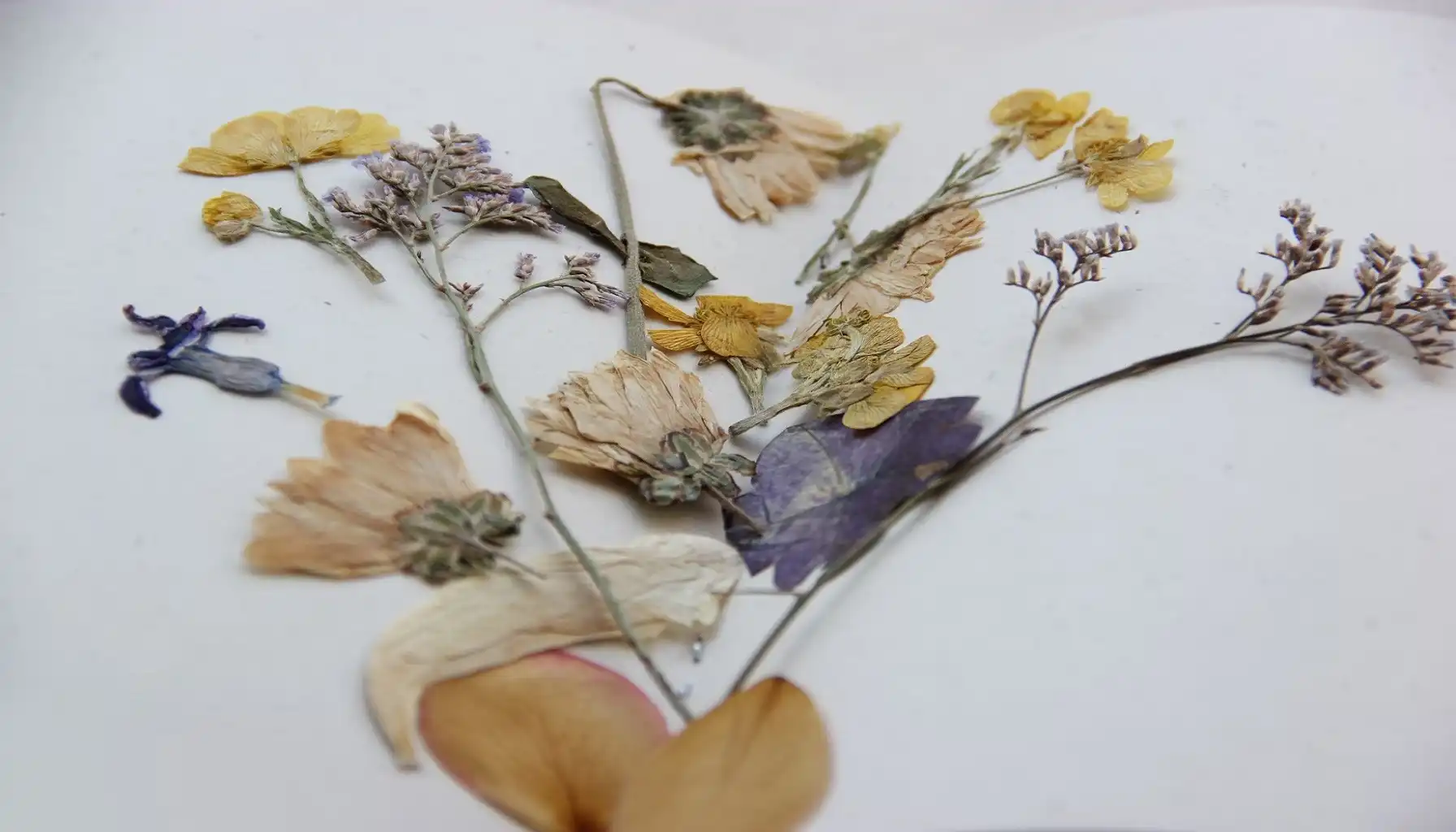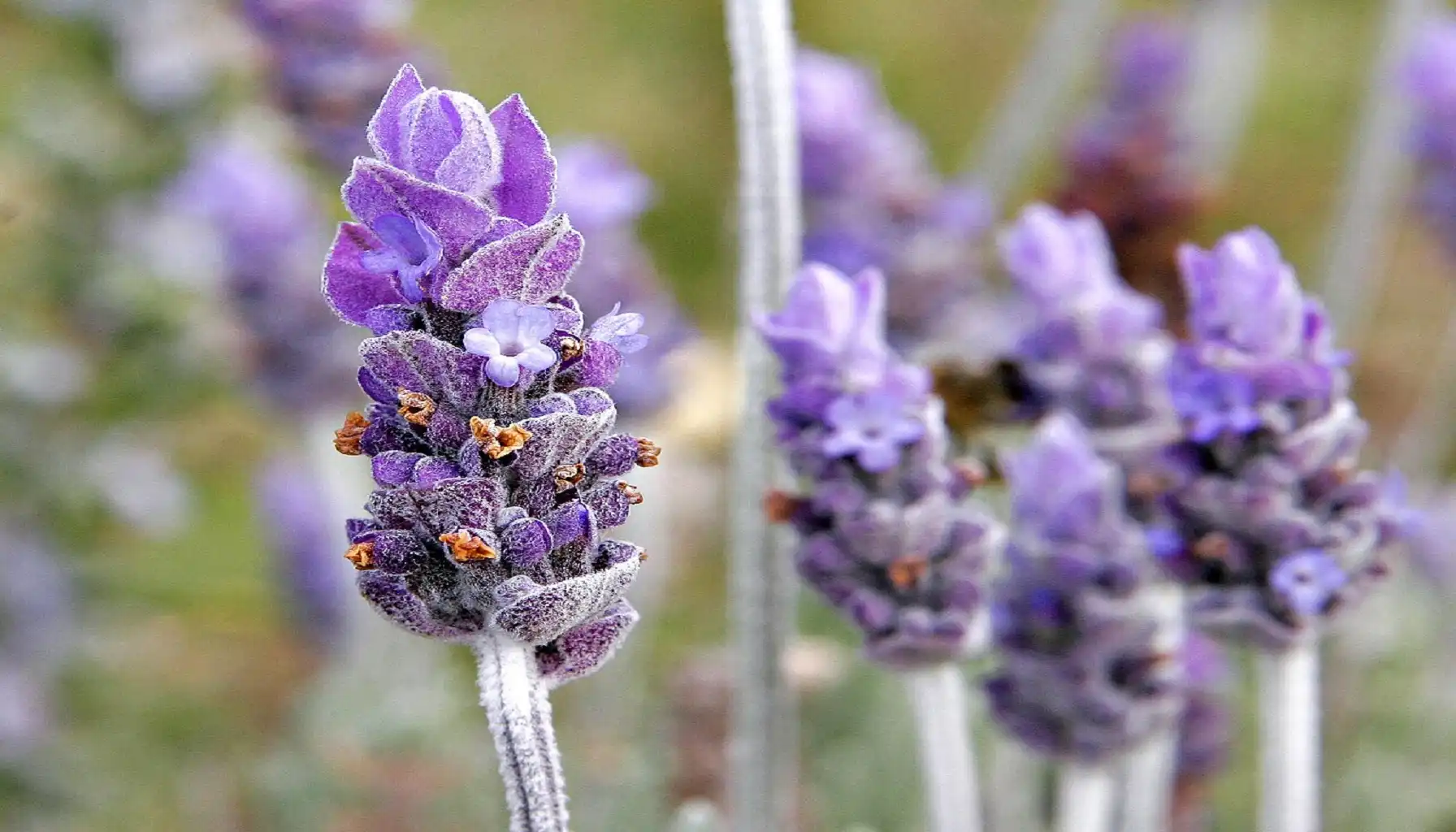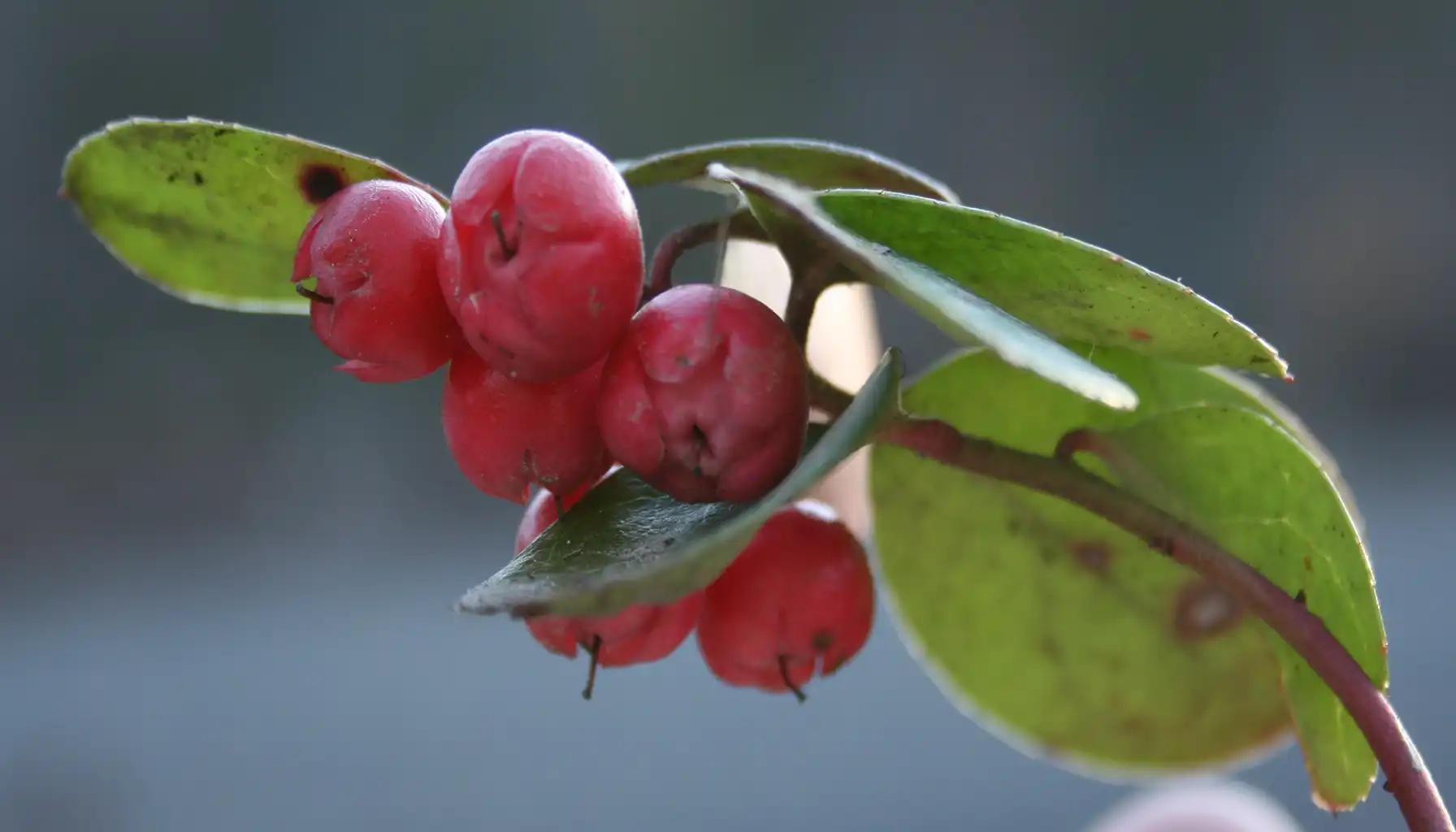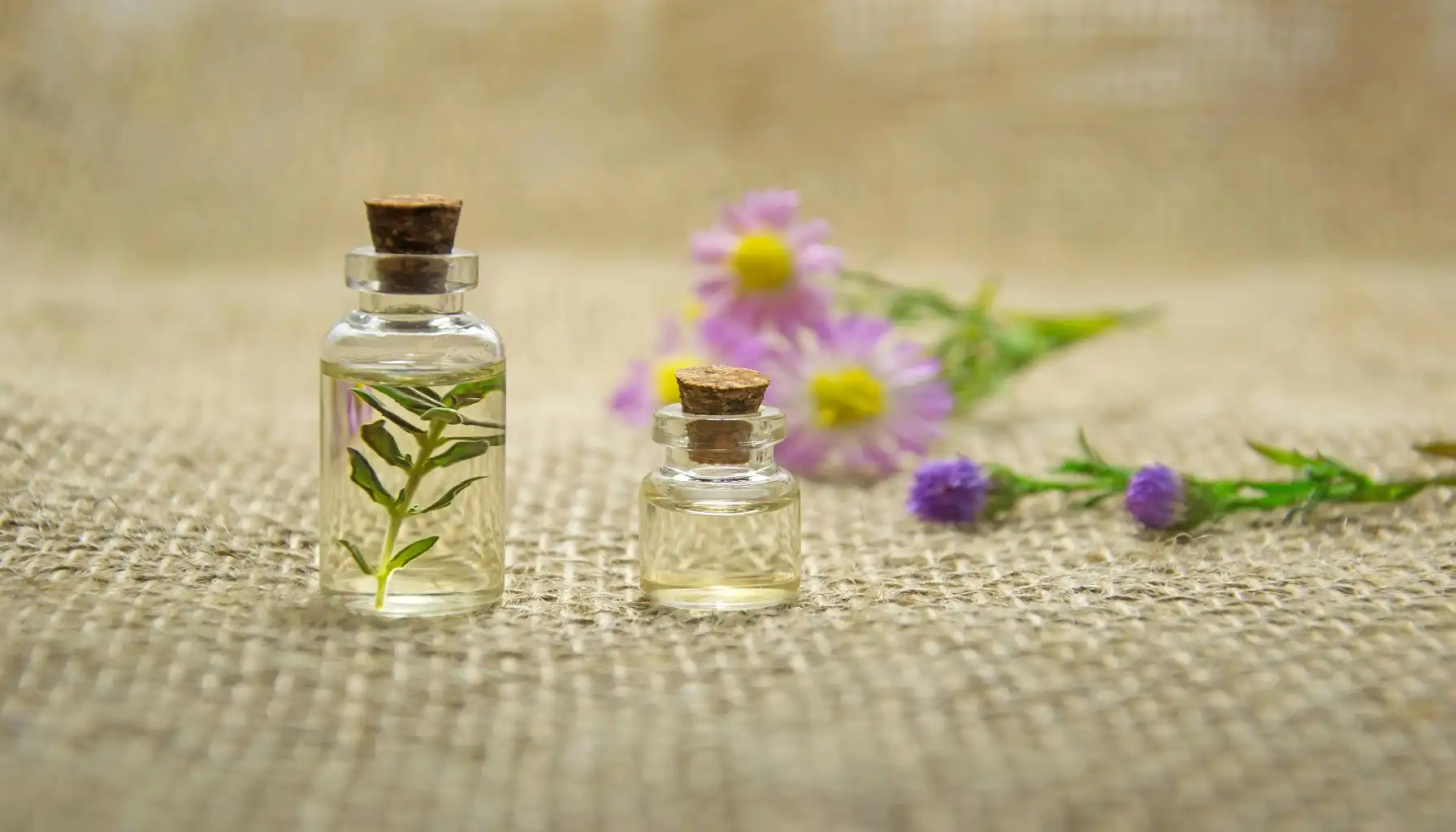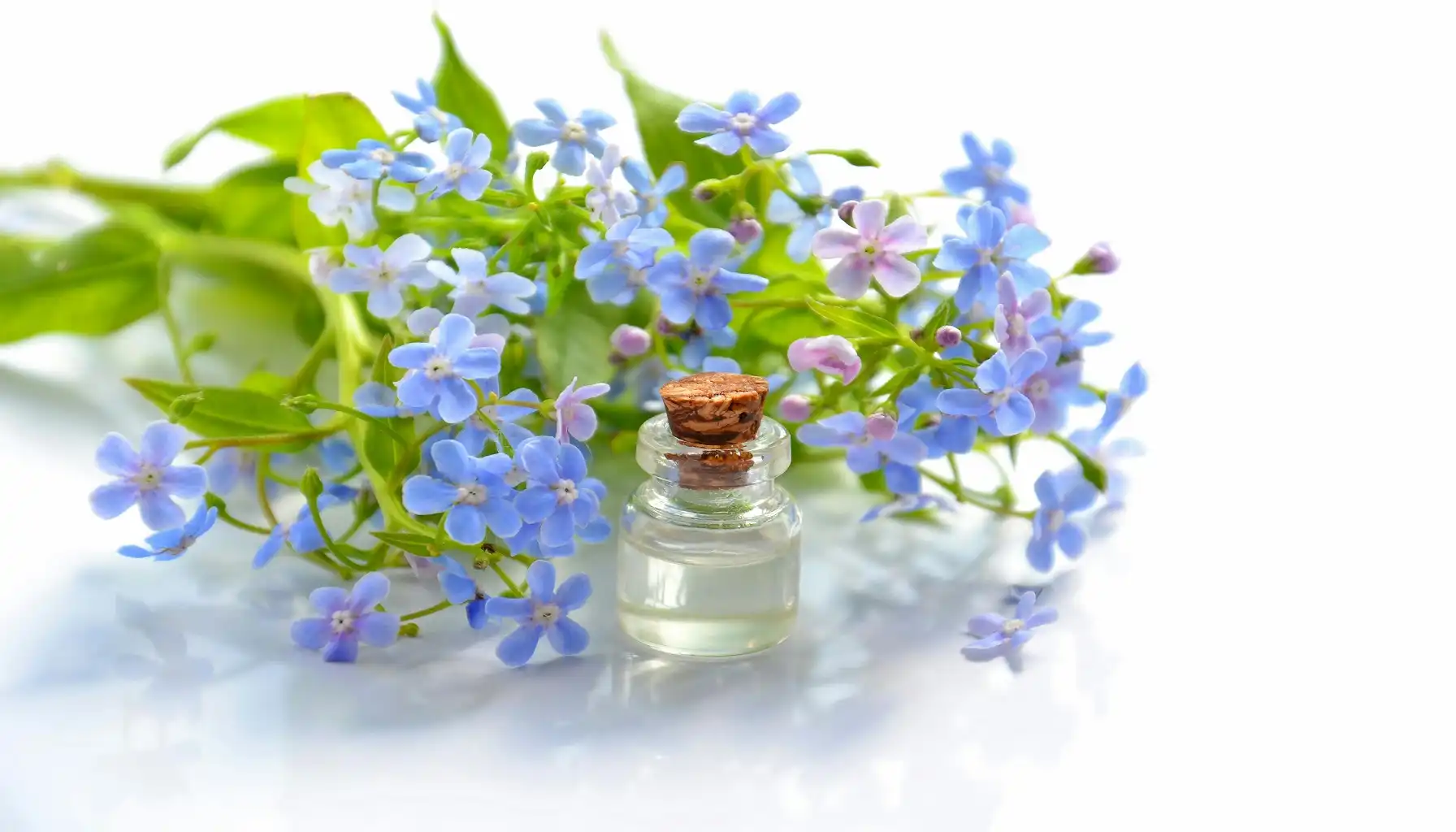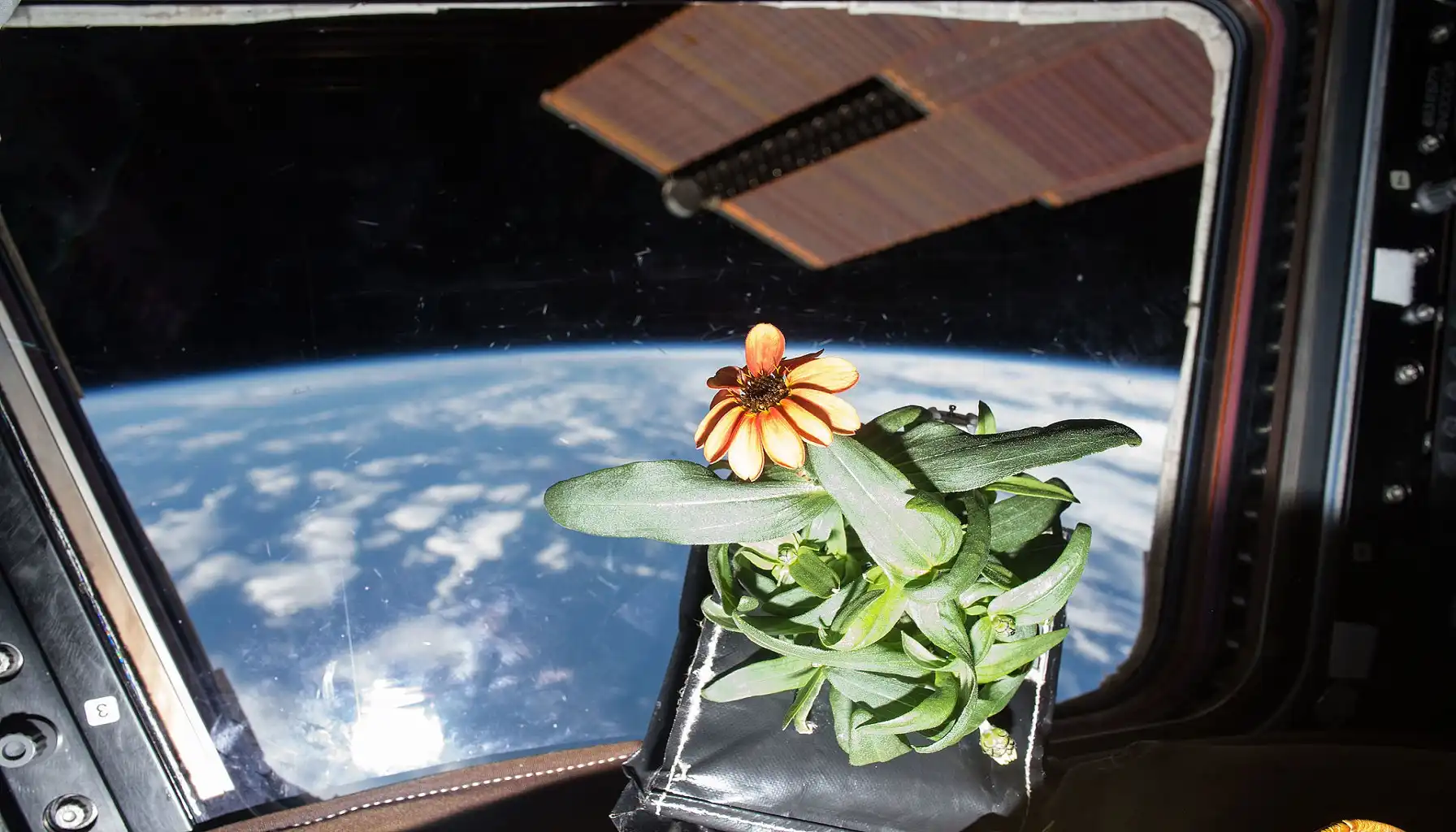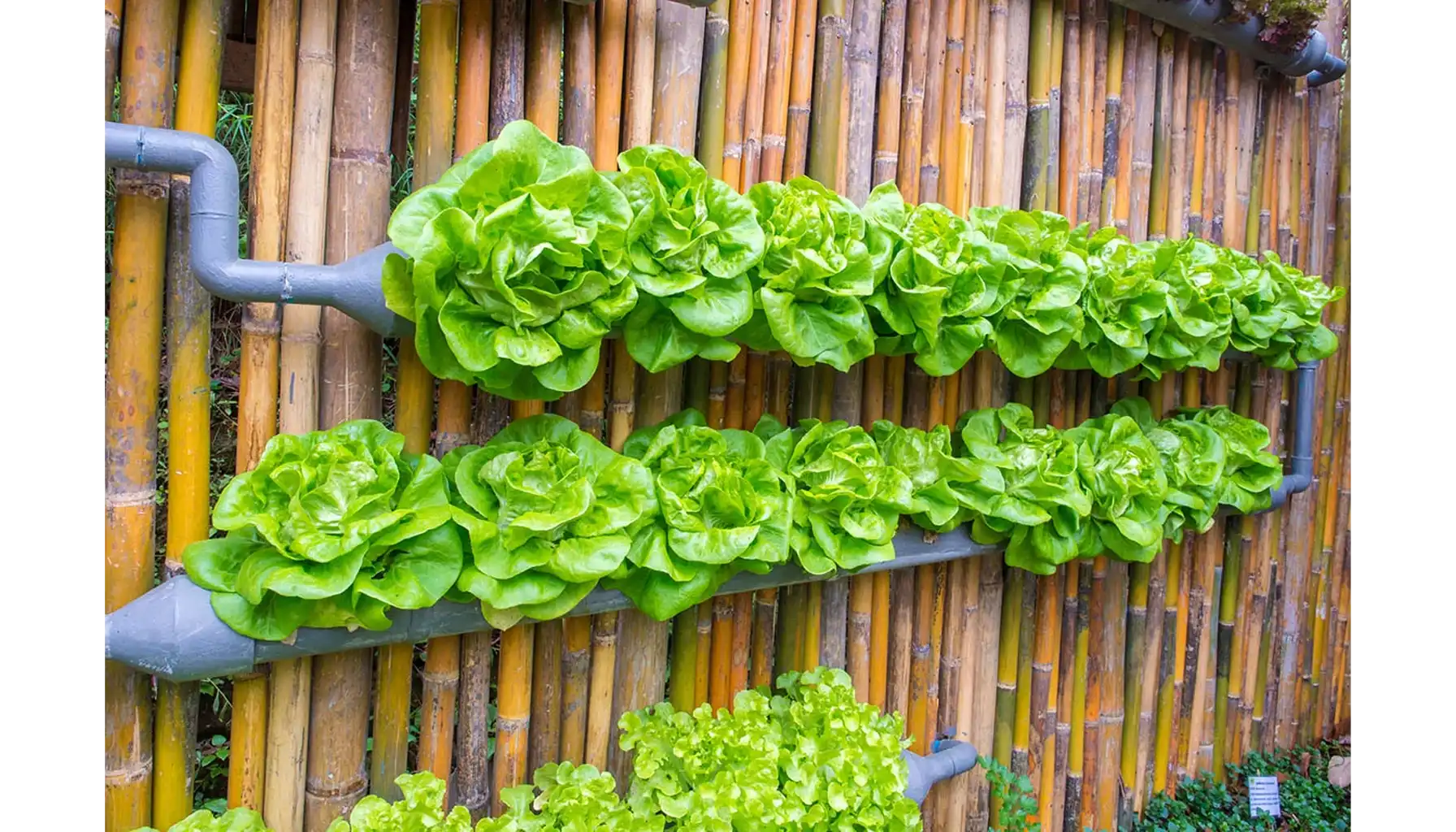If you’re like me, you’ve probably picked a leaf, sniffed it, and thought, “Could this go in a diffuser?” That curiosity is exactly how I got into plant-based essential oils. These days, with just your phone camera, you can ID a plant and find out what kind of herb it is and if you can use it.
There are a ton of plant ID apps out there, but my personal go-to has been AI Plant Finder. It’s accurate and honestly just fun to use. I will only mention it once here, but if you’re the type who loves to explore new herbs or wants to know which ones are good for oils, it’s a must-have.
Alright, now let’s get into the leafy details of how to actually use these apps to safely identify, harvest, and test botanicals.
Step 1: Start With a Good ID Before You Blend
Let’s kick things off with some basics. Plant ID apps are great, but they rely on your photos. So if your picture is blurry or you caught the plant in bad lighting, you might get some weird results. I once ID’d a basil plant as a rare type of lettuce, and yeah, even the best apps around don’t promise you 100% accuracy.
When using apps, aim to take:
A top-down photo of a healthy leaf
A close-up of the flower or bud (if available)
A full shot of the plant or shrub
Extra credit: stem, bark, or fruit if it's visible
Get in the habit of checking more than one photo. If it’s lavender, you’ll want to know if it’s Lavandula angustifolia (which makes great oils) or something else that looks close but isn’t worthy.
This way, you might actually start using plant therapy essential oils properly. And trust me, starting with a correct ID is everything.
Step 2: Avoid Toxic Twins & Look-Alikes
So you’ve found something that smells nice. Great! But wait, some of the most toxic plants out there have innocent-looking cousins. Just because it looks like rosemary doesn’t mean it’s safe.
Before you drop a stem into your carrier oil, research the plant deeply. Double-check:
Let’s say you’ve ID’d Artemisia. It could be mugwort, which some people use in spiritual oils. But it could also be wormwood or even a highly toxic version that messes with your nervous system.
Also, I want to mention the discussion around essential oils and plant extracts for the livestock market, because it has been a lively one. There are some herbs that are really toxic for the animals: tea tree, pennyroyal, wintergreen, and so on. Just like with animals, people need to be cautious about what they extract and how they use it.
Step 3: Know Your Essential Oil All-Stars
Some just don’t yield much aroma, and others break down during extraction. So even if your ID app says “yep, this is mint,” you still need to ask: is this worth turning into oil?
Plant Name | Notes |
Lavender | Lavender eases anxiety, supports sleep, reduces inflammation, and soothes skin irritations. It’s also a popular base note in many plant-based blends. ⚠️While generally safe, some people with sensitive skin may react to undiluted oil. Always do a patch test. |
Rosemary | Rosemary is associated with boosting focus, improving memory, and supporting hair growth. It’s also antifungal and a natural bug repellent, useful for plant pests, too. ⚠️Avoid during pregnancy and don’t use directly on the skin without dilution, it’s a “hot” oil and can irritate. |
Peppermint | Helps with nausea, headaches, muscle tension, and fatigue. It’s also one of the top picks for repelling insects and is used in essential oils for plant growth and protection. Peppermint leaves can also be edible (see what leaves you can also eat) ⚠️Not safe for young children or pregnant women in high doses. Strong, so start with just a drop or two. |
Eucalyptus | Decongestant, antimicrobial, and useful for treating respiratory issues. Also works well in cleaning sprays thanks to its strong antibacterial profile. ⚠️Caution with kids. Not suitable for babies or small kids. Avoid applying near the face of children under 10. Always dilute. |
Chamomile | Used to reduce stress, help with sleep, ease eczema, and calm digestive issues. Chamomile is especially common in blends designed for kids or bedtime. ⚠️May cause allergic reactions if you have ragweed or daisy allergies. Use German chamomile for a deeper blue-colored oil with stronger anti-inflammatory effects. |
Mugwort | ❌ Psychoactive/toxic. Contains thujone, a neurotoxin in large amounts. Avoid entirely if pregnant, nursing, or if you have epilepsy. Not a safe beginner oil. |
Oleander | ❌ Extremely toxic. All parts of the plant can be deadly if ingested. Even small exposure through skin or inhalation of steam from oils can be dangerous. Absolutely not safe. |
Pennyroyal | ❌ Sometimes confused with peppermint, this mint-family plant is highly toxic. Its oil is known to cause liver damage and can be fatal in even small doses when ingested or absorbed. |
Wormwood | ❌Used to make absinthe, but the thujone content in wormwood oil is neurotoxic. Not safe for use unless you're highly trained. Avoid DIY use entirely. |
Tansy | ❌It contains thujone and can cause seizures, liver damage, and skin irritation. Tansy may look like a lovely yellow wildflower, but it's dangerous in oil form. |
Wintergreen | ❌It contains methyl salicylate, similar to aspirin. Overuse can lead to salicylate poisoning, especially in children or pets. Avoid DIY use entirely. |
There are, of course, plenty of other plants and herbs that can be deadly or toxic to you. When you're working with plants like mint or basil, plant therapy pure essential oils, there is some chance that you may meet the wrong ones and get poisoned. And the tricky thing is that some herbs can look alike, so you should always consult with a specialist before using any herb for an oil.
You’ll also want to research if the floral creation has plant oils rich in essential fatty acids, if you plan to use them on your skin. For a starter, you may just want to buy plant guru essential oils, which often include these in their starter kits for a reason: they're reliable and safe.
Step 4: Small-Batch Infusions at Home
Let’s talk method, you don’t need a lab to make oils. If you’re just getting into plant based essential oils, a simple cold infusion works wonders. And always do it together with someone who definitely has experience, even if the plant looks really familiar.
Here’s what you’ll need:
A glass jar
Dried herbs (lavender, rosemary, and mint are great)
Neutral carrier oil (jojoba or almond)
Cheesecloth or strainer
Label (because memory = unreliable)
Steps:
Dry your plant fully (wet herbs go rancid)
Crush slightly to release natural oils
Cover with carrier oil
Leave in a sunny windowsill for 2–3 weeks
Strain and label
That’s your beginner oil. Is it the same as distillation? No. But for home remedies, skin balms, or plant diffusers for essential oils blends, it’s more than enough.
You may use brands like plant therapy essential oils wholesale, because they have small sizes you can use to blend with your DIY batches for that perfect scent balance.
Step 5: Use Real Recipes, Not Random Pinterest Pins
Let’s be honest, Pinterest is full of charming but unsafe ideas. You don’t want to guess with the stuff you inhale or apply to your skin.
If you're thinking about essential oils for plant pests or oils to promote essential oils for plant growth, you’ll want to follow recipes from actual herbalists.
Always verify the species used. Lavandula stoechas is not the same as Lavandula angustifolia. One is calming; the other might give you a headache.
I’ve had great experiences with Plant Therapy 100 pure essential oils blends for everything from sleep to DIY bug spray. Bonus: their transparency makes it easy to know what's in each bottle. Essential oils plant therapy is a real existing thing, but you need to know how to use them right.
Step 6: Build a Mini Plant Library
This is where it gets fun. Every time you ID a new plant, log it. I keep a little notebook (and notes app) with:
Over time, you’ll notice trends. Maybe that lavender near your porch is more potent than the one from your windowsill. Or that homegrown plants like basil work better than store-bought.
If you’re serious about oils, you’ll want to test them in real blends. I started logging which combinations work best and comparing them with plant therapy floral essential oils for quality. Sometimes, you’ll even find that your homemade mix is more pleasant!
Step 7: Safety First, Even With “Natural” Things
I can’t stress this enough: natural doesn't mean safe. They are potent. Overusing them or using the wrong plant can lead to skin burns, headaches, or worse.
Do a patch test every time. Just because a plant ID app says “safe” doesn’t mean your body agrees.
Also, don't compare pure oils with the fragrance ones. Are plant therapy essential oils pure? According to their site and testing protocols, yes. But not all companies are as transparent. That's why questions like is plant therapy essential oils pure should always be in your head. Treat herbal therapy as you treat medicine - it is that serious.
And if you’re comparing brands, check out things like Plant Therapy essential oils vs Young Living to see how they differ in sourcing, ethics, and price.
Step 8: Buy What You Can’t Make (Yet)
Let’s be real, not all of us have the time (or equipment) to steam-distill ylang ylang in our kitchens. If you love experimenting but need a base to start from, it's smart to invest in trusted products.
You can easily find where to buy plant therapy essential oils online or in health stores. They’re solid for beginner-friendly kits, and you’ll get consistent results without the DIY fuss.
Some days, I infuse my own rosemary oil. Other days, I reach for my Plantlife essential oils bottle because life is short, and sometimes I’m lazy.
Plants + Curiosity = Magic
Using plant ID apps to find safe botanicals for oils is one of my favorite hobbies. It's like a mix of gardening, science, and perfumery all rolled into one. With patience and safe methods, you can make oils that smell amazing and support your wellness.
And if you're ever unsure, cross-reference your plant, read plant therapy essential oils reviews, and just enjoy the process. The world of plants is huge, weird, and wonderful. Go explore it.
AI Plant Finder Related Posts:
